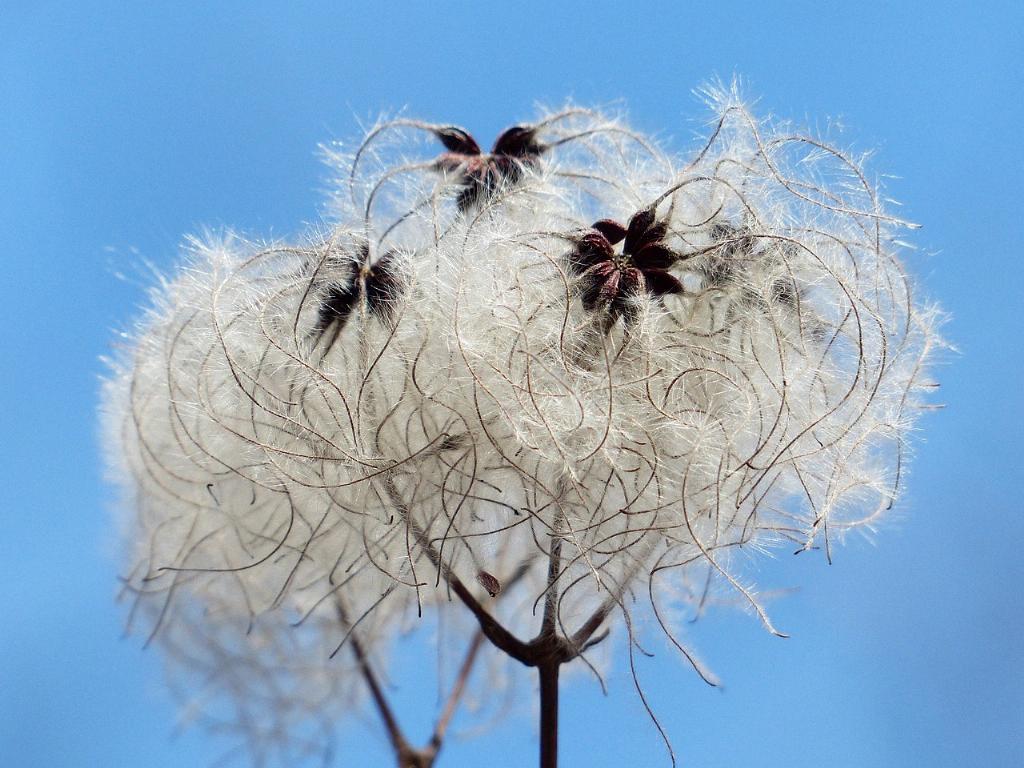When it comes to winterizing your clematis plants, especially if they are in pots, there are some essential steps you should follow to ensure their health and survival during the cold months.
Choose the Right Container
First and foremost, it’s crucial to select a container that provides enough space for the clematis roots to thrive. Make sure the pot has at least a two-inch diameter beyond the roots to allow for proper growth.
Optimal Placement
For clematis in pots, it’s best to position the container against a south- or west-facing wall. This location can provide extra warmth and protection from harsh winter winds, helping the plant withstand the cold temperatures.
Insulate with Mulch
After the soil in the pot has frozen, it’s essential to mulch the plant base to insulate the roots and protect them from extreme cold. Apply a layer of mulch up to about five inches deep to provide adequate insulation.
Additional Protection
In addition to mulching, you can also wrap the pot in burlap or frost cloth for added protection. This extra layer of insulation can help shield the clematis plant from freezing temperatures and harsh winter conditions.
Monitor Soil Moisture
Throughout the winter months, it’s essential to monitor the soil moisture levels in the clematis pot. While the plant is dormant, you should water it sparingly to prevent the roots from becoming waterlogged, which can lead to rot.
Prune as Needed
Before winter sets in, consider pruning your clematis plant to remove any dead or damaged growth. This not only helps improve the plant’s overall appearance but also promotes healthy growth when spring arrives.
Protect from Extreme Temperatures
If you live in an area with extremely low temperatures, consider moving the clematis pot to a more sheltered location, such as a garage or shed. This can provide additional protection from freezing conditions and strong winds.
Monitor for Pests and Diseases
While your clematis plant is dormant during the winter, it’s a good time to inspect it for any signs of pests or diseases. Look for common issues like powdery mildew or aphids and take appropriate measures to address them.
Prepare for Spring
As winter comes to an end, start preparing your clematis plant for the upcoming spring season. Remove any remaining mulch and check for new growth to ensure that the plant is healthy and ready to thrive.
Resume Regular Care
Once the danger of frost has passed and the weather begins to warm up, you can resume regular care for your clematis plant. Remember to water it consistently, provide adequate sunlight, and fertilize as needed to support healthy growth.
Enjoy the Blooms
With proper winterization and care, your clematis plant is sure to reward you with stunning blooms and vibrant growth throughout the spring and summer months. Sit back, relax, and enjoy the beauty of your well-maintained clematis garden!

